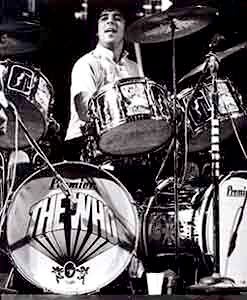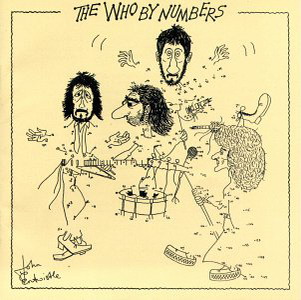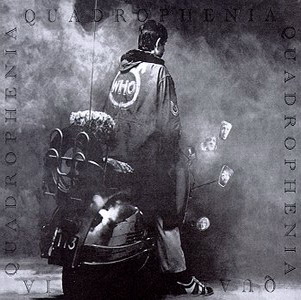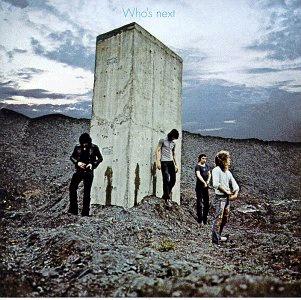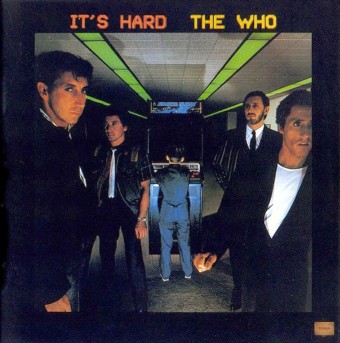
The Who's Final Studio Album With Kenny Jones
Three years after Keith Moon had passed away, Pete must have been regretting they ever carried on. His attitude had changed for sure, as he began pumping out solo releases which in hindsight were to be the place to turn to if you were looking for The Who’s zest. Because The “New” Who on record and The “New” Who on stage were completely different entities.
Live, Kenny had to replicate Keith’s arrangements, and he was quite capable of doing that (they never, ever did “Happy Jack” with Kenny, though). As a studio drummer, it was a different story. He could drum excitingly enough for any band (“You Better You Bet” and “Daily Records” are clear examples), but nobody could ever hold a torch to Keith’s inventive performances in the studio. That wasn’t Kenny’s fault, certainly. And to be fair, Keith could never have played military drums like the former Small Faces drummer did on “Cry If You Want”. But he was under so much pressure and attention that it must have been unbearable. And Roger was hostile to him from day one. Continue reading


